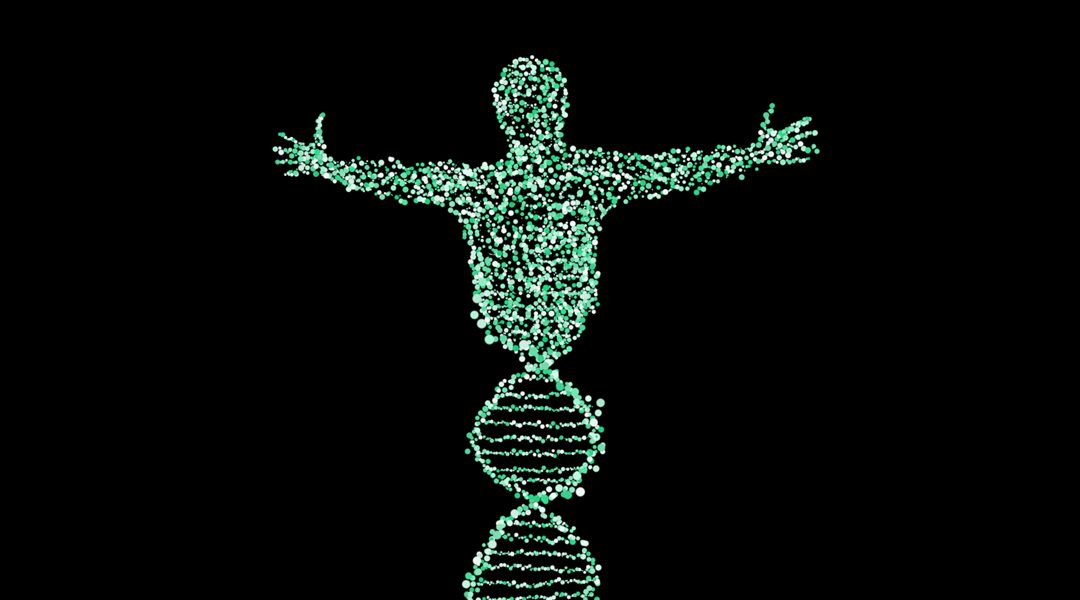Deoxyribonucleic acid or DNA holds the “plan of life”, i.e., all the information required for a living organism to develop, prosper, and replicate. This wealth of information can be stored via complementary interactions between the intricate components of DNA, which are called bases. Materials scientists have successfully applied these complementary hydrogen bonds in DNA to build complex “DNA origami” scaffolds, showing the potential of DNA in this regard.
Soft materials like hydrogels are of increasing scientific interest due to their softness and biocompatibility. It is highly desired to develop hydrogels that can be stimulated to undergo reversible, memory-dictated transitions between stiff, defined structures, and shapeless, quasi-liquid states.
The molecular memory property of DNA is a promising way to provide this structural memory. In their paper in Advanced Functional Materials, Professor Itamar Willner and his co-workers describe a stimuli-responsive hydrogel able to switch between states of high and low stiffness based on bimodal, selective triggers.
The researchers achieve a highly stiff carboxymethyl cellulose hydrogel by crosslinking the polymer chains with two bridging motives: a redox-triggered donor-acceptor complex and guanine quadruplexes. Two different stimuli are required to transit to a hydrogel of low stiffness: donor oxidation induces separation of the donor-acceptor complex, while K+-ion scavenging by 18-crown-6-ether dissociates the G-quadruplex bridges. Nucleic acid duplex bridges act as a remaining third shape-memory element, that provides the remaining low stiffness by being unaffected by the stimuli.
A memory-dictated transition to the stiff state can be induced by restoring the reduced state of the donor and reforming the G-quadruplex bridges by K+-ion addition. Introducing bimodal responses to two alternate triggers adds a new dimension to stimuli-responsive hydrogels.
Prof. Itamar Willner points out that “Bimodal stimuli-responsive hydrogels represent new “smart materials” for biomedical and encryption applications”.
The next challenge in the field is adopting these smart hydrogel materials to the multitude of possible applications by introducing responses to various biomarkers and by further miniaturizing them toward sensing, nanoparticulate drug delivery vehicles.
To learn more about this exciting approach to stimuli-responsive shape memory and other great science, please visit the Advanced Functional Materials homepage.

















